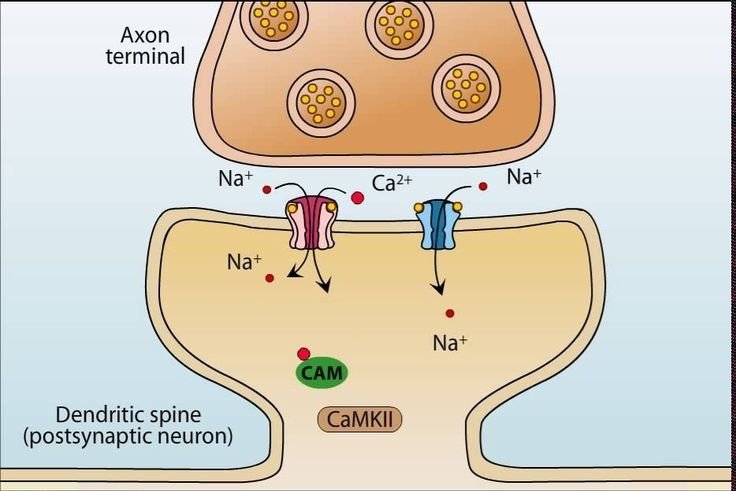Answer: Phineas Gage was a railroad worker who was injured when an iron rod was accidentally driven through his brain.
Originally from the collection of Jack and Beverly Wilgus, and now in the Warren Anatomical Museum, Harvard Medical School.
In 1848, railway foreman Phineas Gage was preparing explosives to clear the path for a railroad line outside of Cavendish, Vermont. An accidental discharge of the explosive drove a three-and-a-half foot long metal spike through the bottom of his jaw upwards through his brain and out the top of his skull. Shockingly, he survived, but there was significant damage to his brain, mostly to the left frontal lobe.
Due to an infection, Gage fell into a coma. After awakening, his physician, Dr. John Harlow, cleared him to return to work. Although he maintained his basic mental faculties to allow him to continue, his friends and coworkers noted a significant change in his demeanor. Before the accident, Gage was a well-balanced businessman with an even temperament. After the incident however, his nature changed dramatically - he had no regard for societal norms, and was unable to make wise business decisions. His friends described him as being “no longer Gage,” and his physician reported “the balance between his intellectual faculties and animal propensities seems to have been destroyed”.
After Gage’s frontal lobes were destroyed, his doctors described the changes in his behavior. They observed a loss of higher level executive control functions, such as understanding social cues and responding to extrinsic stimuli in socially acceptable manner. This accounts for his frequent outbursts of profanity and unusual aggression, which were uncharacteristic of Gage prior to the accident.
Gage later died of an epileptic seizure related to his injury while living in San Francisco in 1860.
A 2018 study used functional magnetic resonance imaging to examine the role of the prefrontal cortex (PFC) in mediating aggression (The Neural Correlates of Alcohol-related Aggression.) In this experiment, subjects were given alcohol before performing the Taylor aggression paradigm. In the scenario, the subjects were asked to test their reflex speed against an opponent. If the subject had a quicker reflex time, the opponent would experience a negative outcome, such as a loud blast of sound. In both cases, the measurement of aggression was increased.
Using fMRI, they examined which specific parts of the brain exhibited unusual activity while under the influence of alcohol. Prefrontal cortex (PFC), the ventral striatum, and the caudate had decreased activation, while the hippocampus had increased activation. They theorize that the activity that is present in the PFC indicates a locus of action where aggression is mediated.










